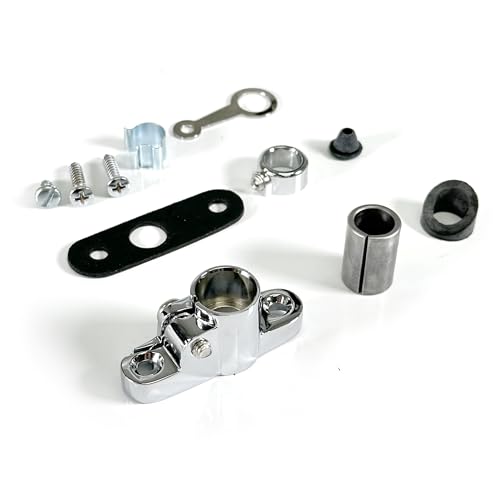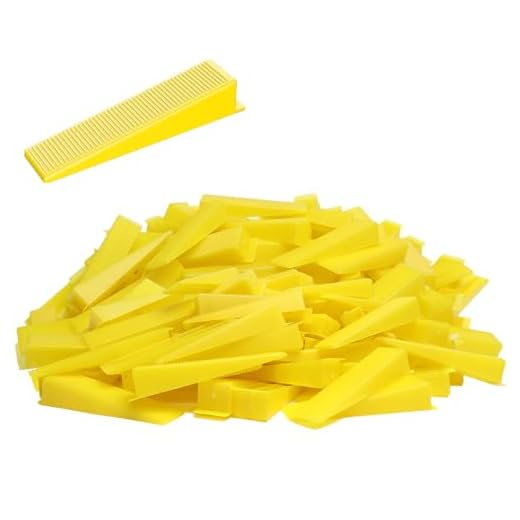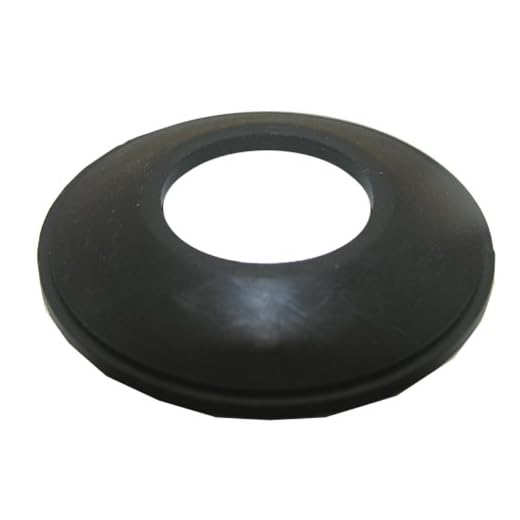


Wedge gaskets are an essential component in various industries, including plumbing, aerospace, and automotive. These gaskets are designed to provide a tight seal between two surfaces, preventing leaks and ensuring the proper functioning of equipment. Installing wedge gaskets correctly is crucial to maintain the integrity of the seal and avoid costly repairs or replacements.
To begin the installation process, it is important to properly clean and prepare the surfaces that the wedge gasket will be placed between. Make sure to remove any debris, dirt, or previous gasket material that may interfere with the seal. This can be done using a solvent or degreaser and a clean cloth. Clean both surfaces thoroughly and allow them to dry completely before proceeding.
Next, carefully align the wedge gasket with the surfaces it will be sealing. Gently place the gasket in position, ensuring that it is centered and fits snugly. It is important to note that some wedge gaskets may require adhesive or sealing compound to be applied to one or both surfaces before installation. Refer to the manufacturer’s instructions for specific installation requirements.
Once the gasket is in position, apply even pressure to compress the gasket between the surfaces. This can be done using a compression tool or by tightening the bolts or fasteners that secure the surfaces together. Take care not to over-tighten, as this can cause deformation or damage to the gasket. Check the manufacturer’s specifications for the recommended torque or compression settings.
In conclusion, installing wedge gaskets correctly is essential for ensuring a tight and reliable seal. Start by thoroughly cleaning and preparing the surfaces, align the gasket carefully, and apply even pressure to compress the gasket between the surfaces. Following these steps will help to prevent leaks and maintain the proper functioning of equipment.
Understanding wedge gaskets
A wedge gasket is a type of mechanical seal typically used in industrial applications to prevent leakage between two surfaces. It is called a wedge gasket due to its unique shape, which resembles a wedge or a triangle.
Function
The main function of a wedge gasket is to create a tight seal between two mating surfaces, preventing the passage of fluid or gas. It achieves this by exerting pressure and creating a barrier that seals any gaps or imperfections between the surfaces.
Design
Wedge gaskets are typically made of durable materials such as rubber, neoprene, or PTFE (polytetrafluoroethylene). They are designed to withstand high temperatures, pressure, and chemicals encountered in various industrial environments.
The shape of a wedge gasket allows it to be easily inserted and compressed into a seal space. It is typically thicker at the base and tapers towards the top, which allows for increased flexibility and better sealing performance.
Installation
Installing a wedge gasket involves placing it between the two mating surfaces and ensuring it is positioned correctly to form a tight seal. The gasket needs to be compressed sufficiently to create an effective sealing barrier while avoiding excessive compression that could damage the gasket or the mating surfaces.
It is important to follow the manufacturer’s recommendations for installation, including torque specifications for any bolts or fasteners used in the assembly. Proper installation and maintenance of wedge gaskets are crucial for their longevity and sealing performance.
Wedge gaskets can be found in various applications, such as pipelines, flanges, valves, pumps, and other industrial equipment. They play a vital role in preventing leaks and maintaining the integrity of the system.
Step-by-step installation guide
Installing wedge gaskets may seem like a complex task, but by following these step-by-step instructions, you can ensure a successful installation:
1. Preparation:
Begin by gathering all the necessary tools and materials. This may include a pry bar, hammer, utility knife, wedge gasket, and safety goggles. Before starting the installation, make sure the work area is clean and free from any debris.
2. Measure and cut:
Measure the area where the gasket needs to be installed. Using a utility knife, carefully cut the wedge gasket to the appropriate length. Make sure to account for any corners or angles in the measurements.
3. Insert the gasket:
Starting at one end, insert the wedge gasket into the gap or channel. Apply pressure as you go along to ensure a tight fit. Use a pry bar or hammer to help push the gasket into place if needed.
4. Secure the gasket:
Once the gasket is properly inserted, secure it in place by tapping lightly with a hammer or using a pry bar to gently wedge it in further. Be cautious not to damage the gasket or the surrounding area while securing it.
5. Check for proper fit:
After the gasket is secured, check for any gaps or loose sections. If necessary, make any adjustments by removing the gasket and trimming it to fit properly. Reinsert and secure it again until you achieve a snug and secure fit.
6. Inspect and clean:
Once the installation is complete, inspect the gasket for any visible damage or defects. Wipe away any dust or debris, and ensure the surrounding area is clean and free from any obstructions.
7. Test for proper sealing:
To ensure the gasket is correctly installed, test for proper sealing by applying a small amount of pressure or water to the sealed area. If there are no leaks or gaps, the installation was successful.
By following these step-by-step instructions, you can confidently install wedge gaskets and ensure a secure and proper fit for your specific application.
Tips for a successful installation
Installing wedge gaskets properly is crucial to ensure their effectiveness and longevity. Here are some tips to help you achieve a successful installation:
1. Clean and prepare the surfaces: Start by thoroughly cleaning and preparing the surfaces where the gaskets will be installed. Remove any dirt, debris, or old gasket material to ensure a clean and tight seal.
2. Measure and cut: Measure the length of the gasket needed and cut it to size using a sharp utility knife or scissors. It’s important to have a precise fit to prevent any gaps or leaks.
3. Apply adhesive: Before installing the gasket, apply a suitable adhesive to one surface. This will help secure the gasket in place and improve its performance.
4. Position the gasket: Carefully place the gasket onto the adhesive-coated surface, ensuring it aligns properly with the mating surface. Apply gentle pressure to ensure good contact and adhesion.
5. Secure the gasket: Depending on the specific application, you may need to use mechanical fasteners such as screws or clamps to secure the gasket in place. Follow the manufacturer’s instructions for the most appropriate method.
6. Test for leaks: Once the gasket is installed, it’s important to test for leaks. Apply a pressure or water test to ensure that the gasket provides a tight seal and prevents any leakage.
7. Regular maintenance: To maximize the lifespan of the gaskets, perform regular inspections and maintenance. Check for any signs of wear, damage, or deterioration, and replace the gaskets as necessary.
By following these tips, you can ensure a successful installation of wedge gaskets and enjoy their benefits for a long time.
Maintenance and Troubleshooting
Proper maintenance of wedge gaskets is essential to ensure their effectiveness and longevity. Here are some tips for maintaining and troubleshooting wedge gaskets:
1. Regular Inspection: Periodically inspect the wedge gaskets for any signs of wear, damage, or deterioration. Look out for cracks, tears, or gaps in the gasket material. If any issues are detected, immediately replace the gasket to prevent leakage.
2. Cleanliness: Keep the gasket surfaces clean and free from debris or contaminants. Inspect the sealing surfaces for any foreign objects that may hinder the proper sealing action of the gasket. Clean the surfaces with a soft cloth or a suitable cleaning agent if necessary.
3. Proper Installation: Ensure the wedge gaskets are correctly installed according to the manufacturer’s instructions and recommendations. Improper installation can lead to inadequate sealing and leakage. Follow the proper torque specifications for tightening the bolts or fasteners.
4. Lubrication: Apply a thin layer of lubricant on the gasket surfaces, if recommended by the manufacturer. This can help improve the sealing performance and extend the gasket’s lifespan.
5. Temperature and Pressure Limits: Be aware of the temperature and pressure limits of the wedge gaskets. Operating the gaskets outside of their specified limits can result in failure and leakage. Consult the manufacturer’s guidelines for the appropriate temperature and pressure ranges.
6. Leakage Detection: Monitor the system for any signs of leakage, such as fluid or gas escaping from the gasket area. If leakage is detected, investigate the cause and take appropriate action, such as re-tightening the fasteners or replacing the gasket.
7. Replacement: Replace wedge gaskets on a regular basis, as recommended by the manufacturer. Over time, gaskets can become worn or compressed, reducing their effectiveness. Regular replacement helps maintain tight seals and prevents leaks.
By following these maintenance and troubleshooting steps, you can ensure the proper functioning of wedge gaskets and minimize the risk of leaks or seal failures.







